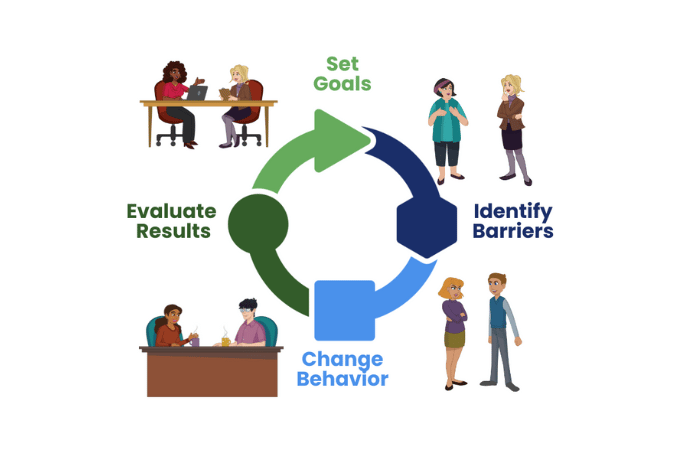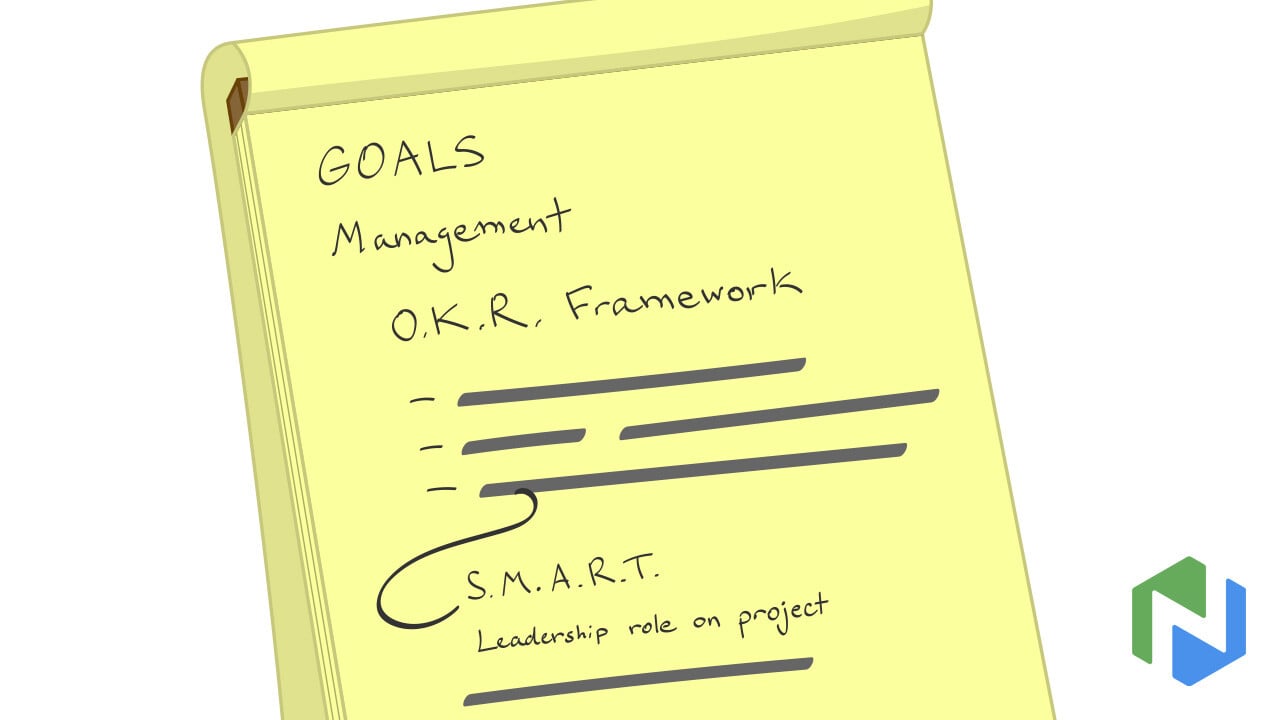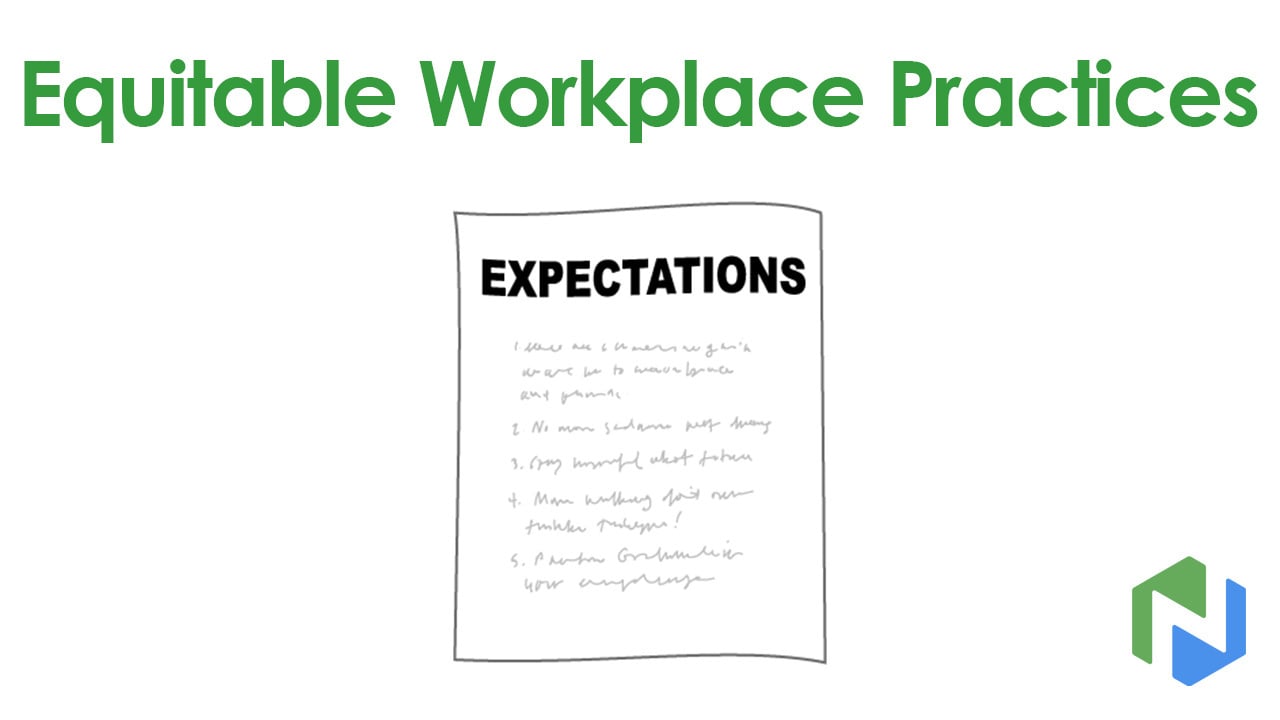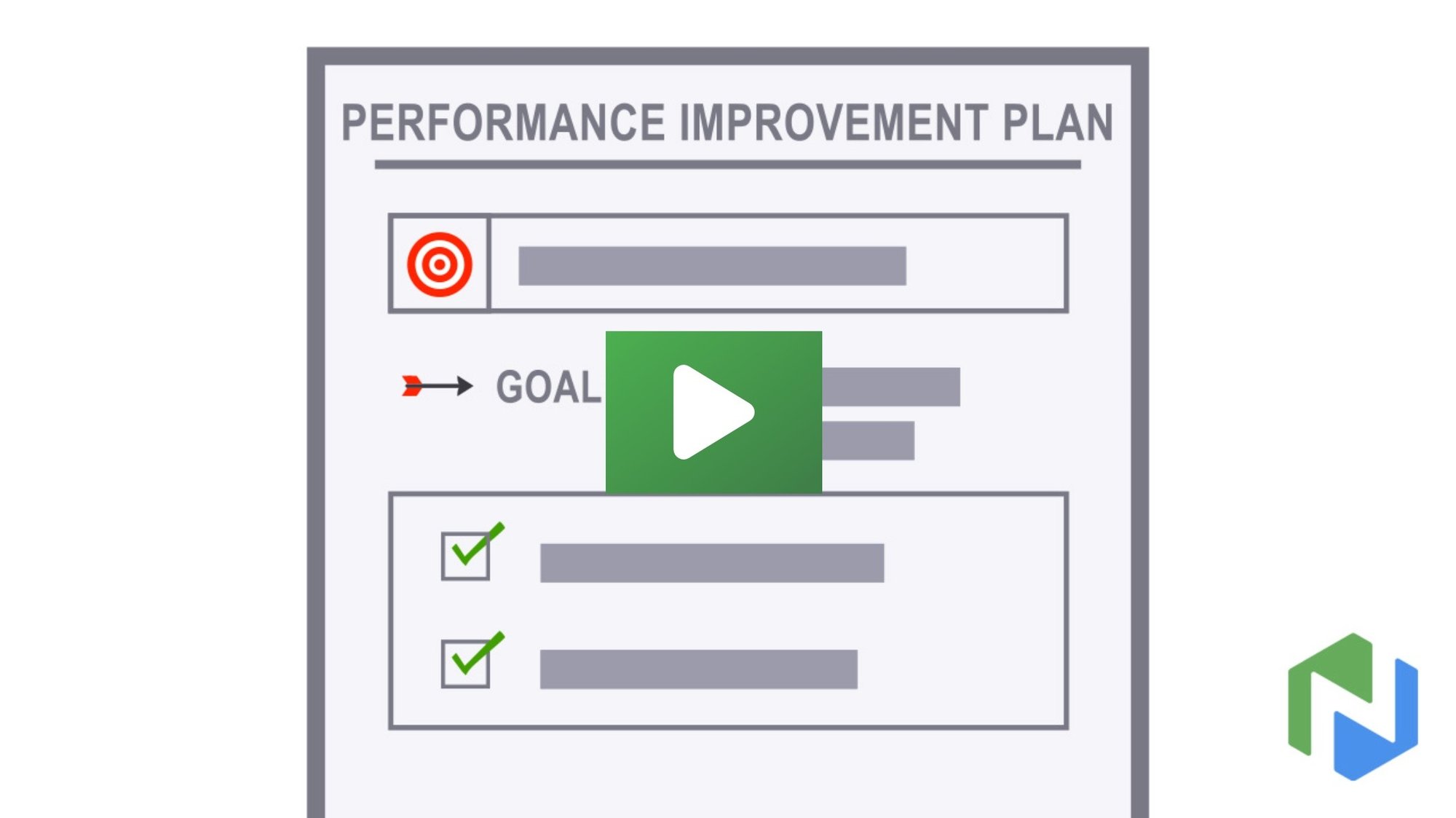Curriculum
For The Leadership Progress Cycle

Our award-winning self-paced training reflects the highest standards of instructional design. Each tutorial begins by setting clear learning objectives and provides a thoughtful estimate of the time commitment expected. Video instruction makes the content more relatable and memorable. Tutorials also includes interactive elements like response prompts, activities, and quizzes that help learners process and apply the concepts.
The training builds logically and helps leaders establish paradox-aware practices using the Leadership Progress Cycle:
- Set Goals
- Identify Barriers
- Change Behavior
- Evaluate Results
Here we provide a summary of what’s covered each week. If you'd like free trial access to the full curriculum, click the button below.

See for yourself
Use the form below to request access to the full Leadership Progress Cycle curriculum on a two week free trial basis.
Week-by-Week Summary
Finding Your Purpose as a Leader
Great leadership begins with self-awareness. In this tutorial, participants explore the deeper motivations driving their choices—like security, service, growth, or recognition—and learn to recognize the natural tensions between them. Rather than eliminating inner conflict, paradox-aware leaders harness it to lead with authenticity. By mapping personal motivators and identifying where opposing values coexist (e.g., Autonomy vs Belonging), leaders begin building the clarity and trust that unify teams.

Goal Frameworks
Effective teams need clear direction—and that begins with goals that balance precision and ambition. This tutorial introduces leaders to two essential frameworks: SMART goals, which emphasize clarity and feasibility, and OKRs, which invite bold leaps and big-picture thinking. Rather than choosing one approach, paradox-aware leaders learn to embrace the tension between Structure and Stretch, applying the right tool for the right moment. The result is a roadmap that’s both practical and inspiring—grounded enough to guide, daring enough to energize.

Setting Priorities
Strong leadership means knowing when to say no—and when to say yes to the unexpected. In this tutorial, leaders explore the paradox between Deliberate Focus and Emergent Opportunity. You'll learn how to protect your team's bandwidth by prioritizing with discipline, while still staying open to ideas that can spark innovation and growth. Paradox-aware leaders develop a rhythm that prunes distractions without closing the door on game-changing possibilities—keeping their vision both sharp and adaptive.

Setting and Aligning Team Goals
High-performing teams align their goals with a shared North Star—but not at the expense of individual identity. This tutorial explores the leadership paradox of driving Strong Alignment while honoring Personal Meaning. Leaders learn to weave organizational priorities with personal motivation, creating a goal structure where every team member sees their unique contribution reflected in the larger mission. The result is a team that moves with clarity and purpose, powered by both unity and authenticity.

Qualitative vs. Quantitative Goals
In this tutorial, leaders learn to balance the inspiring Why with the measurable How by combining qualitative and quantitative goals. Paradox-aware leadership doesn’t dilute the tension between vision and data—it leverages it. You'll craft a compelling compass point (a narrative goal) alongside clear milestones that track real progress. This dual approach ensures that your team’s motivation stays meaningful and your outcomes stay grounded—uniting inspiration with accountability.

Encouraging a Speak-up Culture
Clear goals lay the groundwork for team success—but sustained progress depends on a culture where people feel safe to speak up. This tutorial tackles the leadership paradox between Openness and Decisive Momentum. Paradox-aware leaders foster psychological safety without sacrificing focus, learning to encourage honest input while maintaining forward motion. Through practical micro-behaviors, you'll help your team surface insights early, replace silence with alignment, and keep meetings both candid and concise.

Establishing Explicit Expectations
Clear expectations create confidence—but too much rigidity stifles creativity. This tutorial explores the paradox between Defining the Line and Leaving Room to Breathe. Leaders learn to set standards that are firm on outcomes yet flexible in execution, making space for initiative and smarter solutions. By balancing clarity with autonomy, paradox-aware leaders build a culture where accountability thrives alongside innovation.

Creating an Employee Performance Improvement Plan
Addressing underperformance is one of leadership’s toughest challenges—but it doesn’t have to be punitive. This tutorial reframes the Performance Improvement Plan (PIP) as a bridge, not a verdict, balancing Empathy with Accountability. Leaders learn to craft PIPs that set clear, measurable goals while offering real support—coaching, realistic timelines, and encouragement. By holding this tension well, paradox-aware leaders foster second chances or respectful exits—both free of confusion or regret.

Guiding Effective Conversations
Crucial conversations require more than just courage—they demand balance. This tutorial explores the leadership paradox between Advocacy and Inquiry: speaking with conviction while staying open to others’ perspectives. Paradox-aware leaders practice techniques that hold both—framing intent, inviting different views, and surfacing assumptions without blame. With this approach, even high-stakes discussions become opportunities to build trust, align action, and spark insight.

Seeing Staff as Human
Great leadership balances results with relationships. This tutorial explores the paradox between Professional Performance and Human Connection—holding team members to high standards while seeing and supporting them as whole people. Paradox-aware leaders learn practical habits like personal check-ins, strength spotting, and celebrating life events, all while maintaining clarity around outcomes. The result is a culture of trust where people feel valued and stay committed—even when the pressure’s on.

Conflict Resolution for Managers
Conflict isn’t a problem—it’s potential. In this tutorial, leaders learn to harness the creative tension between Constructive Candor and Relationship Harmony. Paradox-aware leadership reframes conflict as controlled fire: intense enough to spark innovation, contained enough to protect trust. Through practical tools like trigger mapping, interest-based negotiation, and “both-and” reframing, you’ll transform disagreement into progress—building a culture where teams argue productively and leave conversations stronger, not scorched.

Creating Feedback Loops
Effective teams don’t just move—they learn as they go. This tutorial explores the paradox between Rapid Listening and Steady Execution. Paradox-aware leaders create feedback loops that catch early signals without derailing progress, using tools like pulse checks, retrospectives, and decision shelf-lives. You’ll learn to turn insights into experiments and visibly act on input, building a culture where adaptation is intentional and execution stays grounded in real-world signals.

